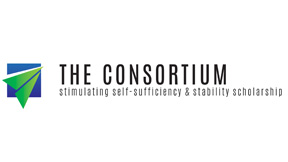The Great Recession and the Rise in Material Hardship
Download
 Through the late 1990s, a strong economy improved the economic well-being of most Americans. However, many different sources of economic and family instability can leave households struggling to stretch their financial resources to meet essential needs. During the Great Recession of 2008, material hardship spiked to historically high levels: In 2010, 16 percent of American households reported difficulty paying for essential expenses, 8 percent reported difficulty paying housing costs, 15 percent experienced food insecurity, and 13 percent had an unmet medical need. Experiences of material hardship are not concentrated among one group repeatedly but are highly dynamic; exits from material hardship tend to be matched by entrances, suggesting that the population at risk of experiencing material hardship over time is much higher than single year rates reflect.
Through the late 1990s, a strong economy improved the economic well-being of most Americans. However, many different sources of economic and family instability can leave households struggling to stretch their financial resources to meet essential needs. During the Great Recession of 2008, material hardship spiked to historically high levels: In 2010, 16 percent of American households reported difficulty paying for essential expenses, 8 percent reported difficulty paying housing costs, 15 percent experienced food insecurity, and 13 percent had an unmet medical need. Experiences of material hardship are not concentrated among one group repeatedly but are highly dynamic; exits from material hardship tend to be matched by entrances, suggesting that the population at risk of experiencing material hardship over time is much higher than single year rates reflect.
How do you apply evidence?
Take our quick four-question survey to help us curate evidence and insights that serve you.
Take our survey
